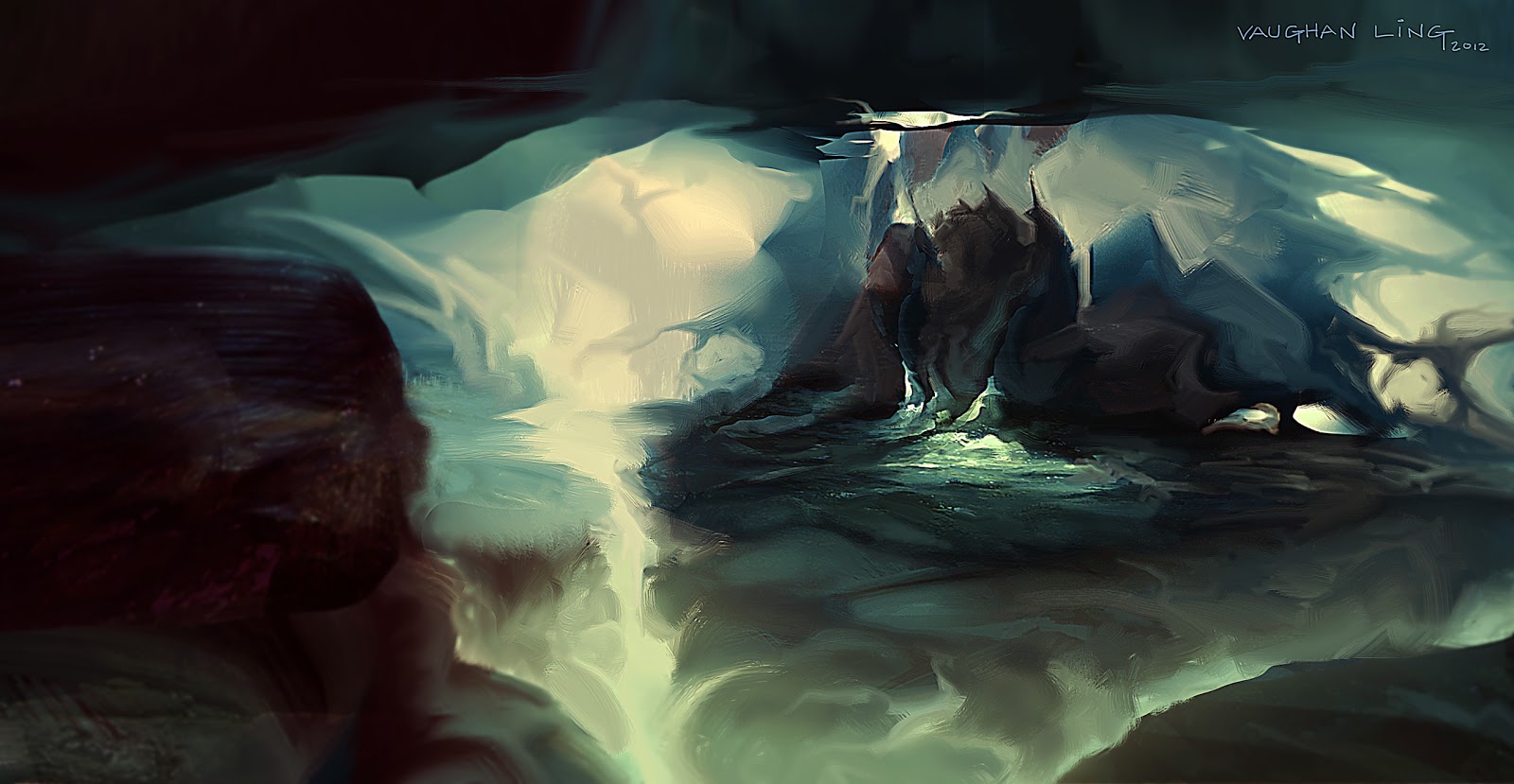

Construct, use, and present arguments to support the claim that when the kinetic energy of an object changes, energy is transferred to or from the object.ĮTS1.A: Defining and Delimiting an Engineering Problem Construct and interpret graphical displays of data to describe the relationships of kinetic energy to the mass of an object and to the speed of an object. Plan an investigation to provide evidence that the change in an object’s motion depends on the sum of the forces on the object and the mass of the object.

WHST.6-8.7 Conduct short research projects to answer a question (including a self-generated question), drawing on several sources and generating additional related, focused questions that allow for multiple avenues of exploration. RST.6-8.7 Integrate quantitative or technical information expressed in words in a text with a version of that information expressed visually (e.g., in a flowchart, diagram, model, graph, or table). RST.6-8.3 Follow precisely a multistep procedure when carrying out experiments, taking measurements, or performing technical tasks. Principle(s) Investigated: Pressure, Force, energy, engineering Announce that you are launching so no one wanders into the flight path.ģ.Title: Determining Optimal Launch Angles for Paper Pressure Rockets Make sure no one is in the rocket’s flight path or possible landing zones.Ģ. Paper rockets are less volatile, so you just need a few.ġ. Safety first! When a real rocket launches, there are many safety precautions. It will let you see how your rocket design is progressing and make changes before you get too far along. Now, decide how you want to close the top. You want the rocket to be as close in diameter to the pipe as possible so all the air goes towards launching the rocket rather than leaking out. To make the body of the rocket, use the launcher to roll a piece of paper around (or use your spare PVC piece if you have one). If possible, tape the launcher to the base.Ī launcher is no fun without a rocket! There are lots of engineering and design choices to make: Short body or long? Fins, wings, or neither? A nose cone or a flat nose? What kind of paper? Each decision will impact how your rocket flies. You have a launcher! The last step for the launcher is to find a base to put under the first tube to hold the launcher steady.

Connect the second piece of PVC to the elbow and tape them securely. You’ll need to replace the bottle eventually and will thank yourself when you can separate it without too much hassle.Ĭonnect an elbow piece to the end of the PVC pipe and tape them securely.Ĭonnect the second elbow to the first, but don’t tape them together! This is how you’ll adjust the launch angle. Any time you use tape, the point is to make as close to an air-tight seal as possible, but here, you will want to use only as much tape as gets the job done. Insert the first inch of a piece of PVC pipe into the 2 liter bottle and tape them together. If your PVC pipe is smaller than the bottle opening or the elbows, wrap tape around it until it fits snugly.


 0 kommentar(er)
0 kommentar(er)
